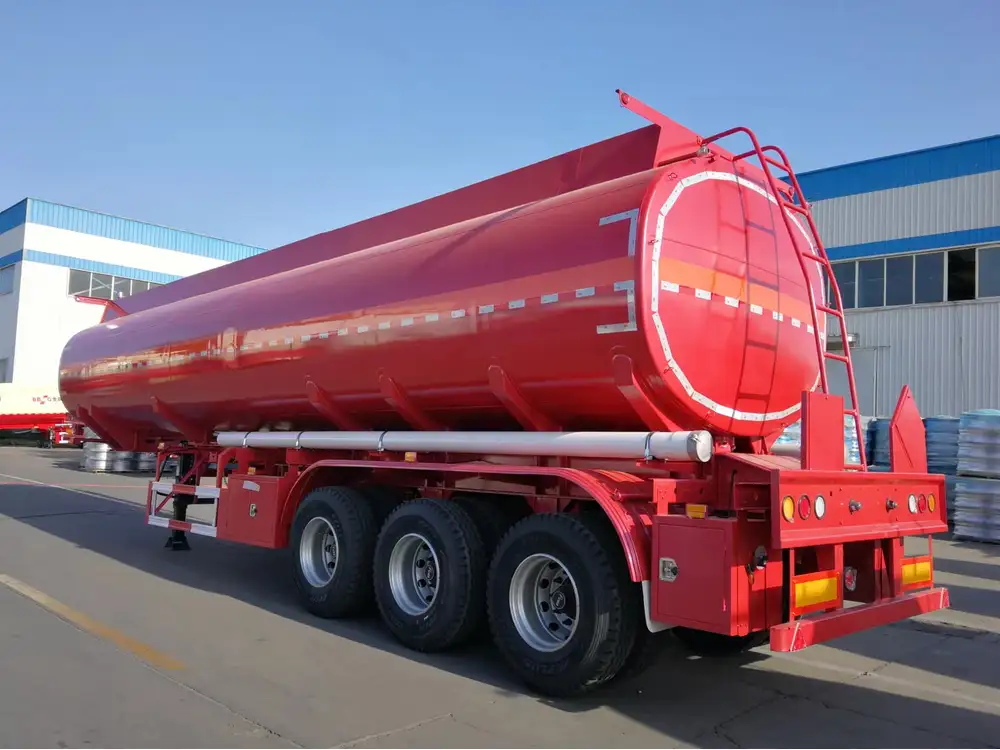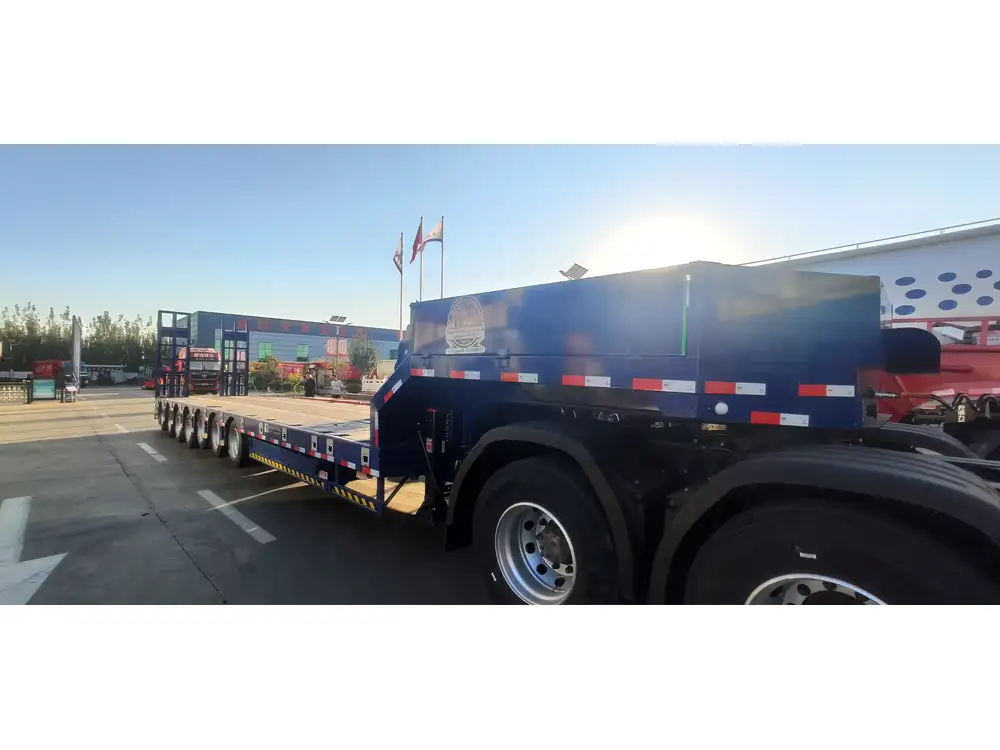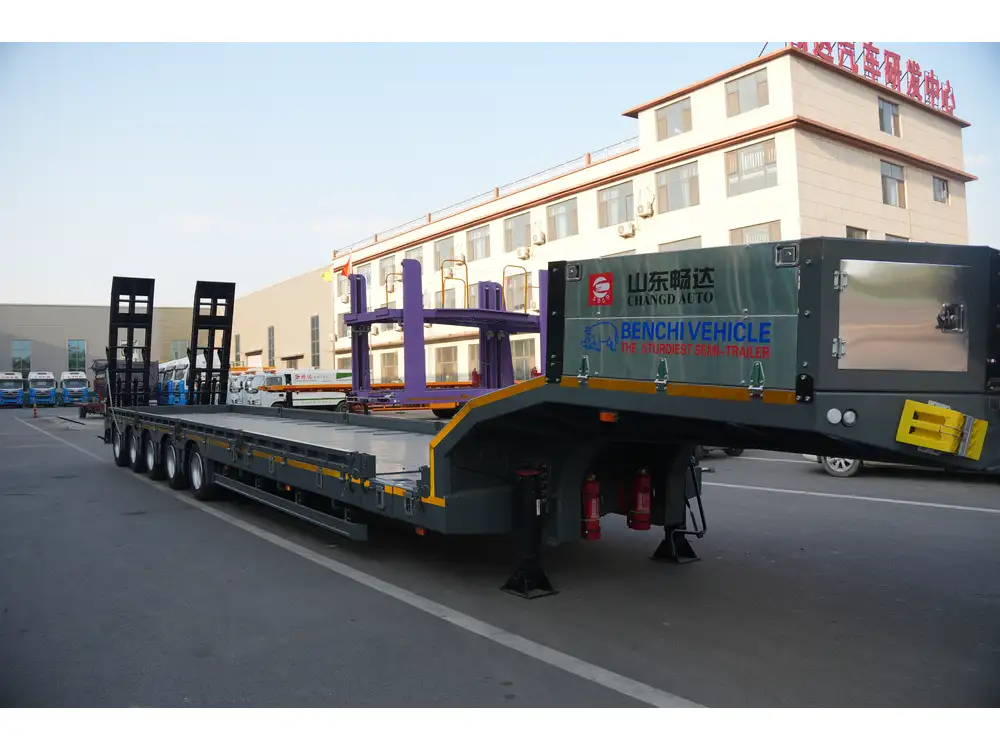Understanding the weight of a semi truck without its trailer is essential for various stakeholders in the transportation and logistics industry. Whether you’re a fleet manager, an owner-operator, or a transportation enthusiast, grasping this topic lays the foundation for optimizing load capacities, ensuring regulatory compliance, and maximizing efficiency.
The Anatomy of Semi Trucks: A Brief Overview
Semi trucks, often referred to as tractor-trailers, consist of two primary components—the tractor (the front part that contains the engine and driver’s cab) and the trailer (the rear part designed to carry cargo). The weight distribution and dimensions of these components play a crucial role in determining their operational capabilities.
Components of Weight
Tractor Weight: The tractor, or the cab, typically weighs between 15,000 to 25,000 pounds (6,800 to 11,300 kg). The exact weight can fluctuate based on the make, model, and any modifications made.
Trailer Weight: Trailers can weigh an additional 30,000 to 40,000 pounds (13,600 to 18,100 kg), depending on their design and the materials used in their construction.
Gross Vehicle Weight Rating (GVWR): This is the maximum weight a semi truck can legally carry, including the truck’s own weight and its cargo. For most semi trucks, the GVWR hovers around 80,000 pounds (36,300 kg).

Table 1: Average Weights Without Trailers
| Component | Average Weight (lbs) | Average Weight (kg) |
|---|---|---|
| Tractor (Cab) | 15,000 – 25,000 | 6,800 – 11,300 |
| Total (Average) | 20,000 | 9,070 |
Factors Affecting the Weight of a Semi Truck
Several factors influence the weight of a semi truck, particularly when the trailer is not attached. These include:
1. Make and Model
Different manufacturers produce tractors with various specifications. For example, Freightliner, Peterbilt, and Kenworth offer models that cater to diverse needs, reflecting on their base weights.

2. Engine Size
Engines with higher horsepower tend to weigh more due to their larger size and components. A heavy-duty engine might add significant weight to the tractor.
3. Additional Features
Many semi trucks are equipped with enhancements like sleeper berths, additional storage compartments, or advanced safety features, all of which contribute to the overall weight.
4. Material Composition
The materials used in the construction of the truck can greatly affect its weight. Aluminum components, for example, may help reduce overall weight as opposed to heavier materials like steel.

Weight Distributions and Considerations
Understanding Weight Distribution
Weight distribution in a semi truck is critical for safety and efficiency. When a semi truck is operated without a trailer, understanding how the vehicle’s weight is distributed across its axles becomes imperative. Proper weight distribution allows for better braking, handling, and fuel efficiency.
Axles and Their Capacities
| Axle Type | Average Carrying Capacity (lbs) | Notes |
|---|---|---|
| Single Axle | 20,000 | Common in light-duty trucks |
| Tandem Axle | 34,000 | Used in most semi trucks |
| Triaxle | 42,000 | Rarely used unsynchronized |

Compliance with Regulations
Adhering to federal and state weight regulations is paramount. The Federal Highway Administration (FHWA) enforces weight limits that affect operational guidelines. Knowing the weight of your semi truck without the trailer assists in compliance with these legal stipulations, preventing fines and operational downtime.
Impact on Fuel Efficiency
The weight of the tractor itself has a direct correlation to fuel efficiency. The heavier the vehicle, the more power is required to move it, which leads to increased fuel consumption. Understanding how heavy the tractor is when operating without a trailer can help fleet managers optimize their routes and fuel usage.
Calculating Fuel Costs
Operational costs encompass fuel expenses, and understanding how weight affects consumption can yield savings.
Fuel Efficiency Calculation:
- Calculate miles per gallon (MPG) based on weight:
- For every 1,000 lbs increase in weight, fuel efficiency can decrease by 0.5 to 1%.
| Weight (lbs) | Estimated MPG | Decrease (%) |
|---|---|---|
| 20,000 | 7.0 | – |
| 21,000 | 6.9 | 1 |
| 22,000 | 6.8 | 2 |
| 23,000 | 6.7 | 3 |
Understanding this relationship allows for informed decisions regarding load optimization and route planning based on estimated fuel costs.

Safety Considerations
The operational weight of a semi truck significantly affects driving dynamics, necessitating attention to safety protocols. A fully loaded truck—and even an unloaded truck—requires adequate braking distances, stability, and adherence to road conditions.
Key Safety Protocols
- Pre-Trip Inspections: Regular checks to ensure that all systems are functioning optimally.
- Weight Monitoring: Using onboard scales or weigh stations to confirm compliance and detect weight imbalances.
Common Questions About Semi Truck Weights

Q1: What is the average weight of a semi truck without a trailer?
The average weight of a semi truck (tractor) without a trailer typically lies between 15,000 to 25,000 pounds (6,800 to 11,300 kg).
Q2: Do all semi trucks weigh the same?
No, variations exist based on factors like manufacturer, model, engine type, and added features, leading to differences in weight.
Q3: Why is understanding truck weight important for fleet managers?
Weight directly impacts fuel efficiency, safety, and compliance with regulatory standards, all of which are critical for optimizing operational costs and ensuring safe transport.

Q4: Can a truck be overloaded even without a trailer?
Yes, trucks can be overloaded, especially when carrying heavy cargo or equipment in or attached to the cab. Always check specifications to avoid violations.
Conclusion: The Bottom Line on Semi Truck Weights
In conclusion, the weight of a semi truck without its trailer is a multifaceted topic encompassing varied factors that significantly impact operations within the transportation and logistics sectors. By gaining a comprehensive understanding of these factors, stakeholders can make informed decisions that lead to enhanced safety, improved compliance, and greater profitability.
Understanding how heavy your semi truck is without the trailer not only aids in operational efficiency but also plays a crucial role in minimizing risk and enhancing overall performance. For fleet managers keen on maintaining an edge over competitors, prioritizing weight management strategies could mean the difference between success and setback in today’s challenging transport environment.



